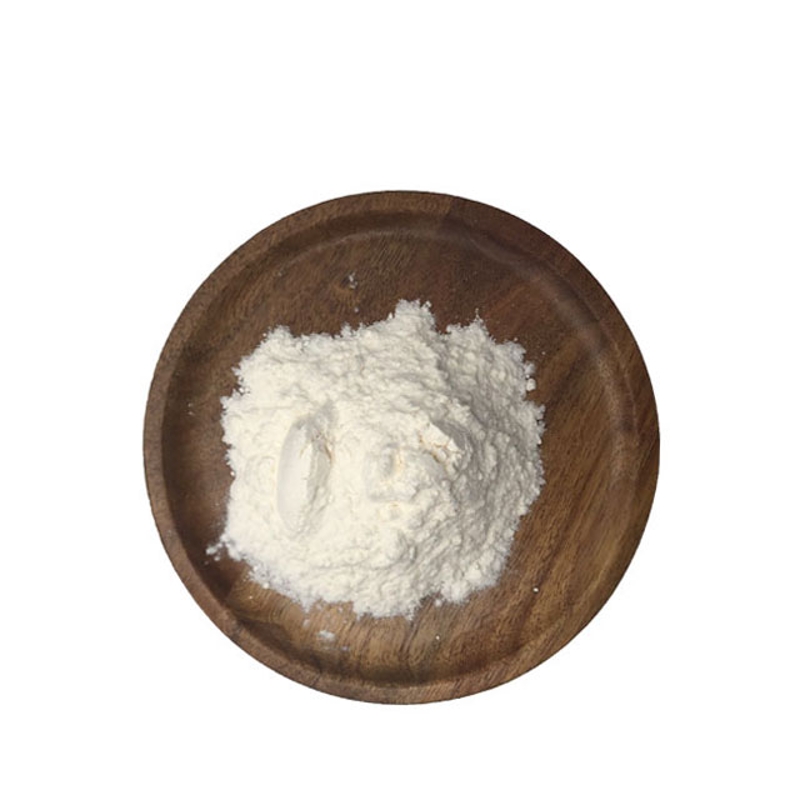-
Categories
-
Pharmaceutical Intermediates
-
Active Pharmaceutical Ingredients
-
Food Additives
- Industrial Coatings
- Agrochemicals
- Dyes and Pigments
- Surfactant
- Flavors and Fragrances
- Chemical Reagents
- Catalyst and Auxiliary
- Natural Products
- Inorganic Chemistry
-
Organic Chemistry
-
Biochemical Engineering
- Analytical Chemistry
- Cosmetic Ingredient
-
Pharmaceutical Intermediates
Promotion
ECHEMI Mall
Wholesale
Weekly Price
Exhibition
News
-
Trade Service
High-level glioma (HGG) has a very poor prognosis.
study found that maximizing the removal of lesions (IAR) within a safe range can prolong patients' progression-free survival (PFS) and improve quality of life.
can help improve EOR through in-sembic magnetic resonance imaging (iMRI).
1.5T iMRI-T1 enhancement sequence increases the glioma EOR from 76% to 96%.
Tom Finck of the Diagnostic and Interventional Neuroradiology Department at the Technical University of Munich, Germany, and others found that black blood (Black Blood, BB) sequences using 3.0T iMRI were used to better identify residual lesions and assess the extent of HGG surgical excision, the results of which were published online in June 2020 in Cancers.
study included 73 HGG patients with an average age of 56.4±13.9 years, with 64.4% of men.
58 cases of glioblastoma (WHO IV.) and 12 cases of mesolytic assoblastoma (WHO III.grade), 2 cases of mesolytic less protrusion glioblastoma (WHO III.grade) and 1 case of glioblastoma (WHO.grade IV).
MRI imaging of the preoperative brain in all patients showed enhanced lesions.
iMRI-T1 weighted turbo echo (TFE) sequence and BB sequence enhanced imaging, comparing the enhanced lesions.
33 patients (45.2%) of the study were found to have iMRI-TFE and BB sequence enhancement imaging, and the enhanced lesions were fully cut.
40 cases (54.8%) iMRI-TFE and BB sequence enhancement imaging showed that the enhanced lesions had not yet been completely removed.
of the 40 cases, 8 (20.0%) ended surgery due to the close relationship between the lesions and functional areas or the satellite lesions were in the field of surgery, and 25 of the remaining 32 cases (78.1%) continued to remove the lesions after iMRI imaging.
postoperative pathology report showed that 23 cases (92.0%) of the lesions that continued to be removed were malignant gliomas, and 2 cases (8.0%) did not detect significant malignant lesions.
32 patients who did not have a full cut for the first time, 7 did not have an iMRI test again, and MRI 48 hours after surgery showed tumor residue.
, 66 (90.4%) of the 73 patients had postoperative MRI imaging showing BB and TFE sequence-enhanced lesions completely removed.
iMRI-BB and TFE sequences were similar in sensitivity to detecting or removing tumor residues by 97.4% and specificity by 91.4% (Figure 1).
1. Preoperative comparison with iMRI-TFE and BB sequence enhancement imaging in 2 patients with GBM in the left hemisphere of the brain.
TFE sequence-enhanced imaging has a better quality and a higher subjective score than BB sequence-enhanced imaging (Table 1), but BB sequence-enhanced imaging diagnostics have a higher confidence level than TFE sequences (Tables 1 and 2), and BB sequence-enhanced imaging evaluates tumor residues with higher confidence than TFE sequences (Tables 1 and 2).
addition, BB sequence enhancement imaging is more accurate in identifying tumors than TFE sequences.
Table 1. MRI-BB sequence and TFE sequence enhance image quality and diagnostic confidence table 2. Quantitative analysis of diagnostic performance of MRI-BB sequence and TFE sequence enhanced imaging to detect residual tumors, diagnostic confidence, volume and signal-to-noise ratio (CNR) for MRI-TFE and BB sequence enhancement imaging shows that BB sequence enhances residual tumors identified by imaging The volume (1505±2303mm3) is significantly larger than the residual tumor volume (1162±1782mm3) of the TFE sequence-enhanced imaging (p=0.0010).
, the BB sequence enhanced imaging signal-to-noise ratio was significantly higher than that of the TFE sequence (48.1±32.1:24.4±15.3; p<0.0001).
Conclusions In summary, the results show that the 3.0T iMRI-BB sequence evaluates the full surgical cut rate of HGG patients as well as the TFE sequence, and the BB sequence can significantly save scanning time, improve diagnostic confidence, and has good clinical application value.
: The intellectual property rights of the content published by the Brain Medical Exchange's Outside Information, God's Information and Brain Medicine Consulting are owned by the Brain Medical Exchange and the organizers, original authors and other relevant rights persons.
, editing, copying, cutting, recording, etc. without permission.
be licensed for use, the source must also be indicated.
welcome to forward and share.







